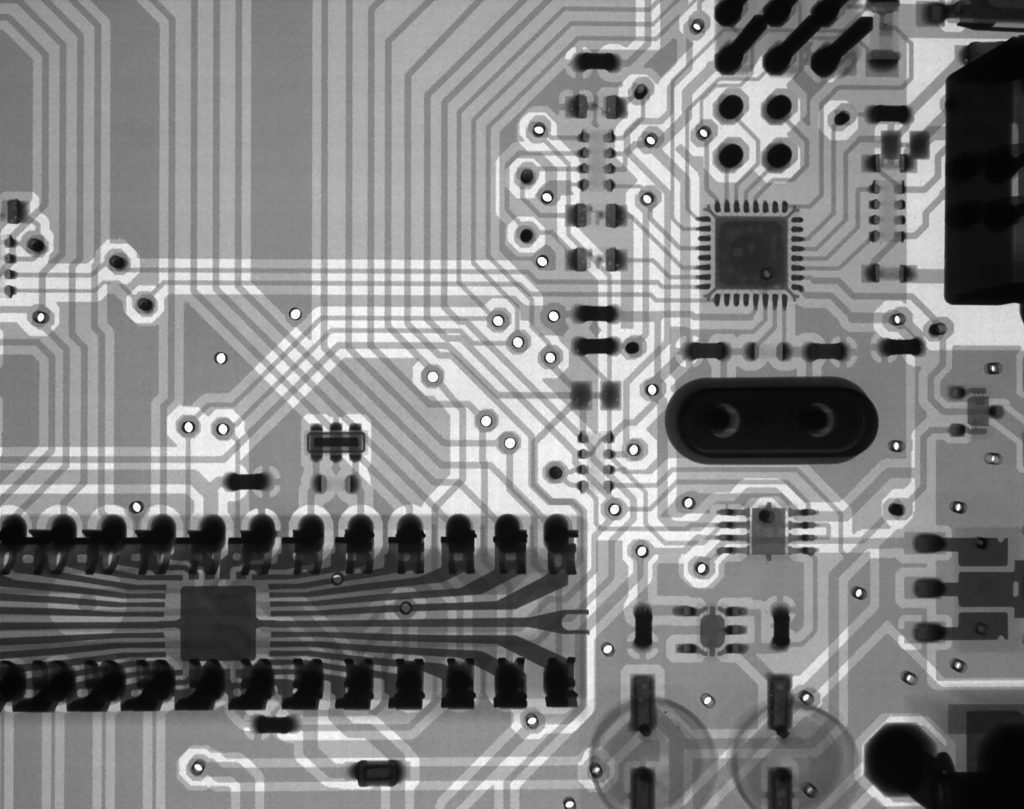
Llevo más de 15 años diseñando packaging y si hablo de proyectos como serialización, puede ser que tengas claro a que industria destino mayoritariamente mi tiempo de trabajo, pero no es importante el sector en este caso, ya que trabajar para y con tu cliente no es nuevo para ti.
Ir juntos es un comienzo; mantenerse juntos es progreso; trabajar juntos es el éxito.
Henry Ford
Cuándo y por qué
No, Henry Ford que tanto ha aportado, no fue el primero en hablar de sinergía, ¿o si?, el término se acuño en el siglo XIX aunque hasta finales del siglo XX no se puso de moda en el mundo laboral. En cualquier caso, cuando menciona que el trabajo juntos o en equipo es el éxito, no hay duda de que tenía claro que remar todos en el mismo sentido es mejor.
En este sentido, la creación de sinergias con el cliente es crucial para garantizar el éxito del proyecto. Ambas partes deben estar alineadas a la hora de hacer un proyecto común compartiendo y mejorando la información disponible constantemente, dado que las reglas y/o normativas, las terceras partes como impresores o las necesidades pueden cambiar a lo largo del tiempo.
La comunicación entre el diseñador y el cliente debe ser constante a lo largo del proceso de diseño. Es importante compartir ideas, discutir los detalles y recibir comentarios para poder mejorar el proyecto.
¿Has tenido la sensación de que a veces se acumulan los cambios o notas en un procedimiento a seguir durante demasiado tiempo? ¿Cada cuánto se debe hablar con el cliente para alinear detalles?
No creo que haya una fórmula que aplique a todos los casos, pero estaremos de acuerdo en que tener una reunión una vez al año es insuficiente. Insuficiente porque en el mundo de hoy todo va rápido y todo cambia y si no crees que sea así puede ser que haya que pararse a pensar y estudiar con detenimiento los detalles porque todo proceso, siempre, es susceptible de mejora.
En resumen, el diseñador, como experto en el diseño de packaging, debe actuar como un facilitador que coordina y une a todas estas partes para lograr un proyecto exitoso y para ello que eso ocurra, en relación con nuestro cliente, son vitales ciertos aspectos:
- Comunicación fluida
- Recursos compartidos y comunes
- Trabajar en soluciones en lugar de perseguir “razones”
- Revisión y mejora continua en los procesos
Además, la creación de sinergias con el cliente también implica estar abiertos a cambios y a adaptarse a las nuevas circunstancias que puedan surgir durante el proyecto. Por ejemplo, pueden aparecer nuevas regulaciones o restricciones que afecten al diseño del packaging.
¿Puede ser el futuro y cercano cambio respecto a los plásticos en la UE una buena excusa para reunirte con tu cliente?




